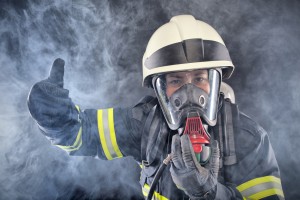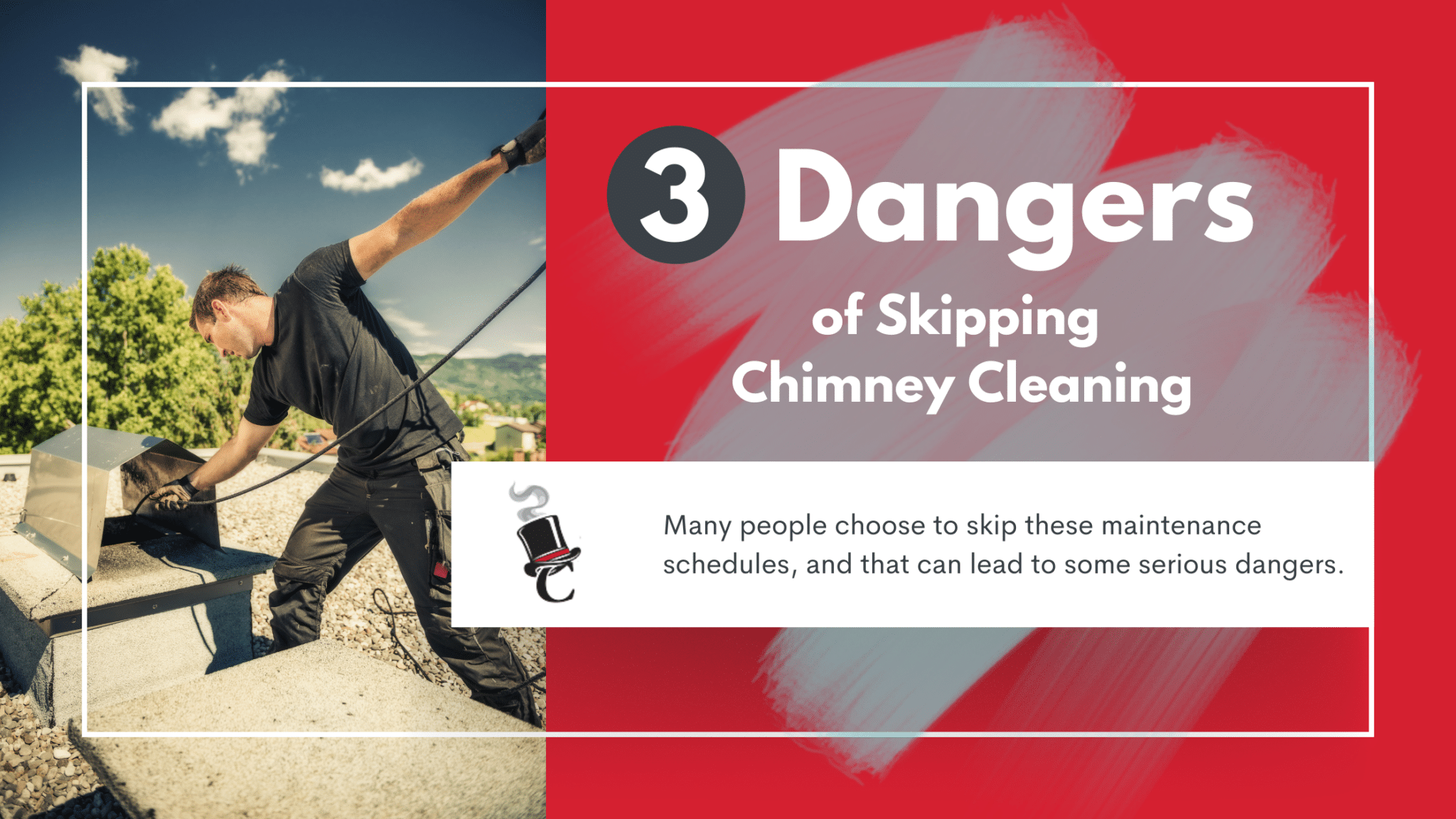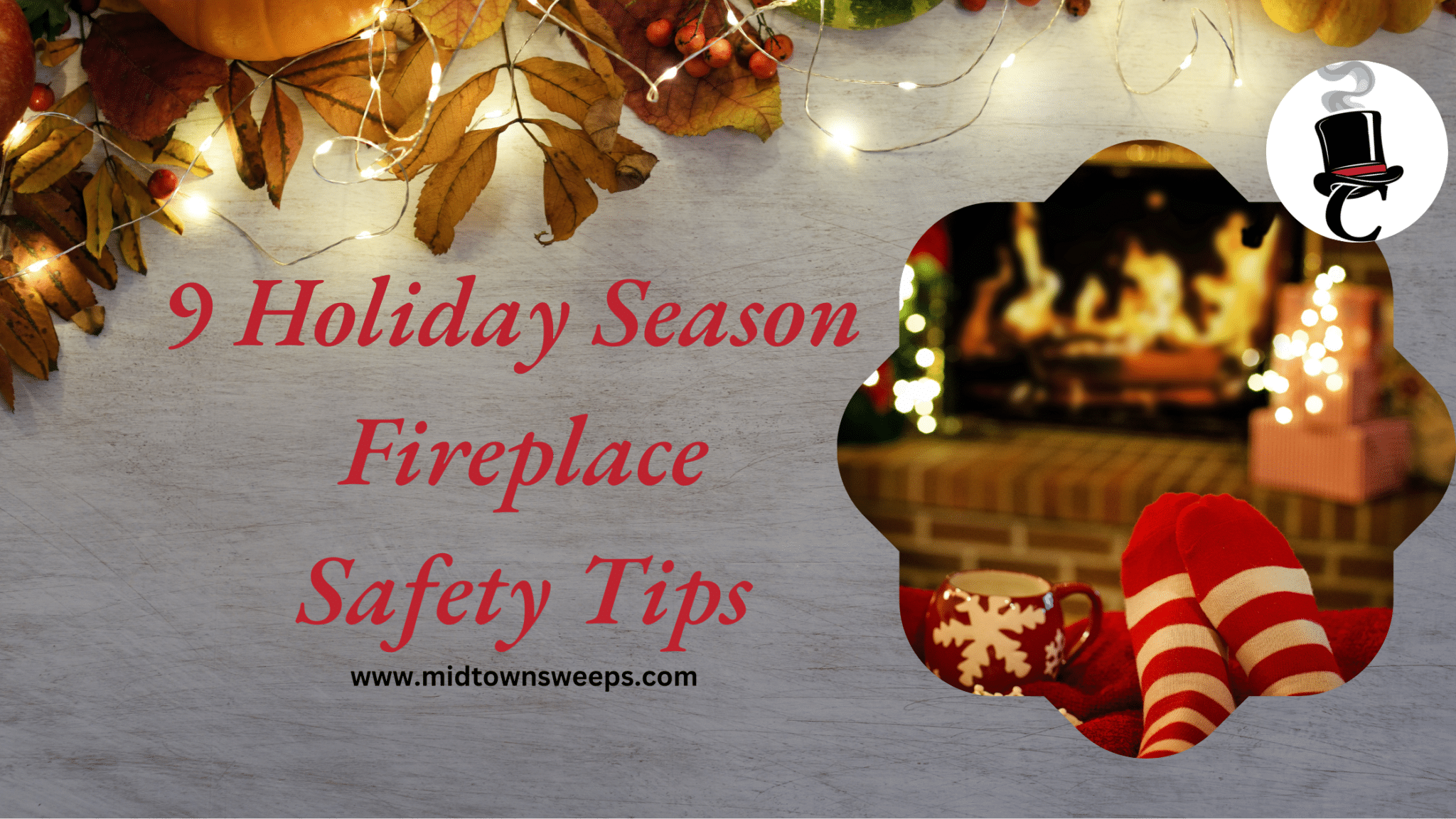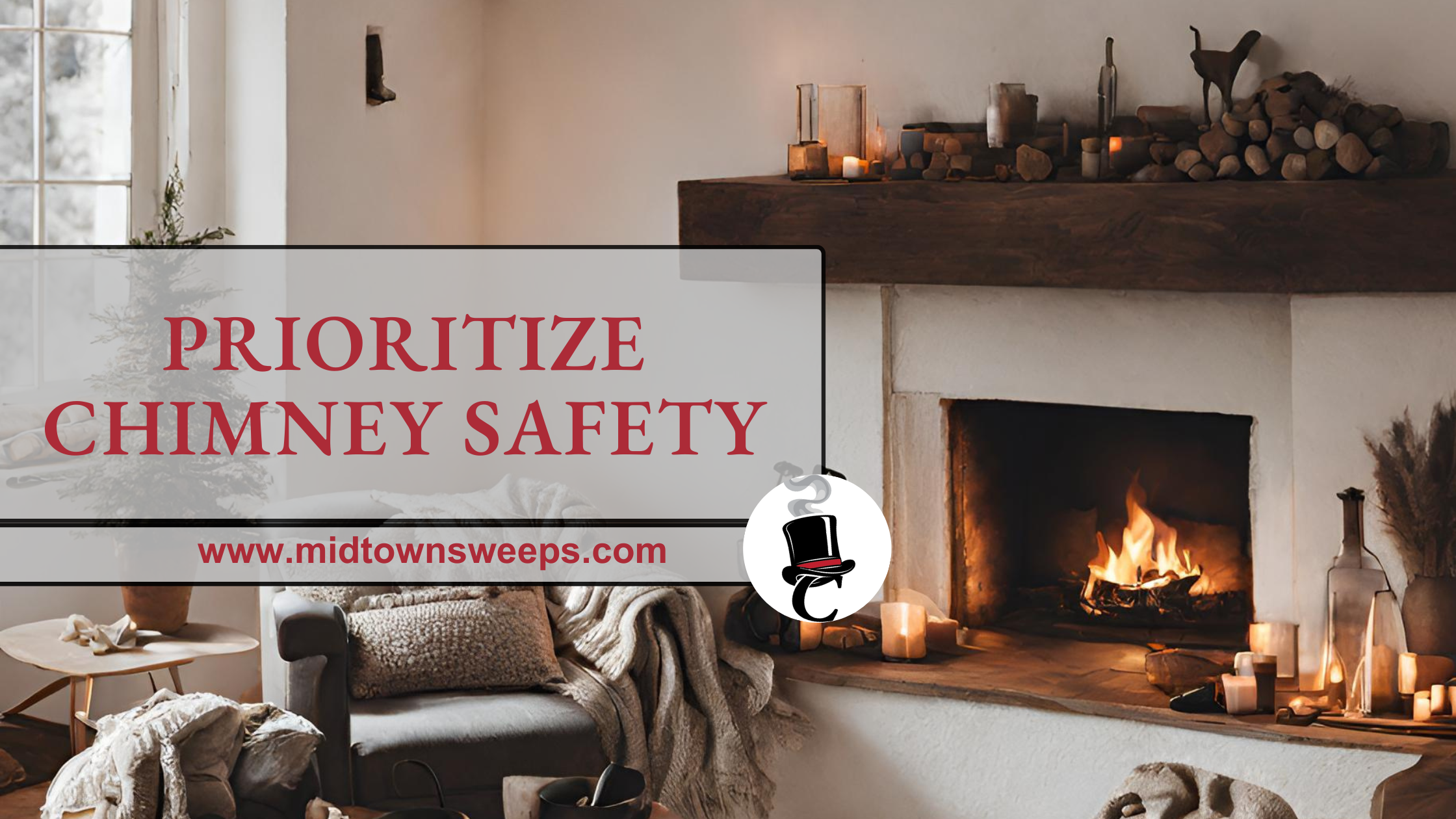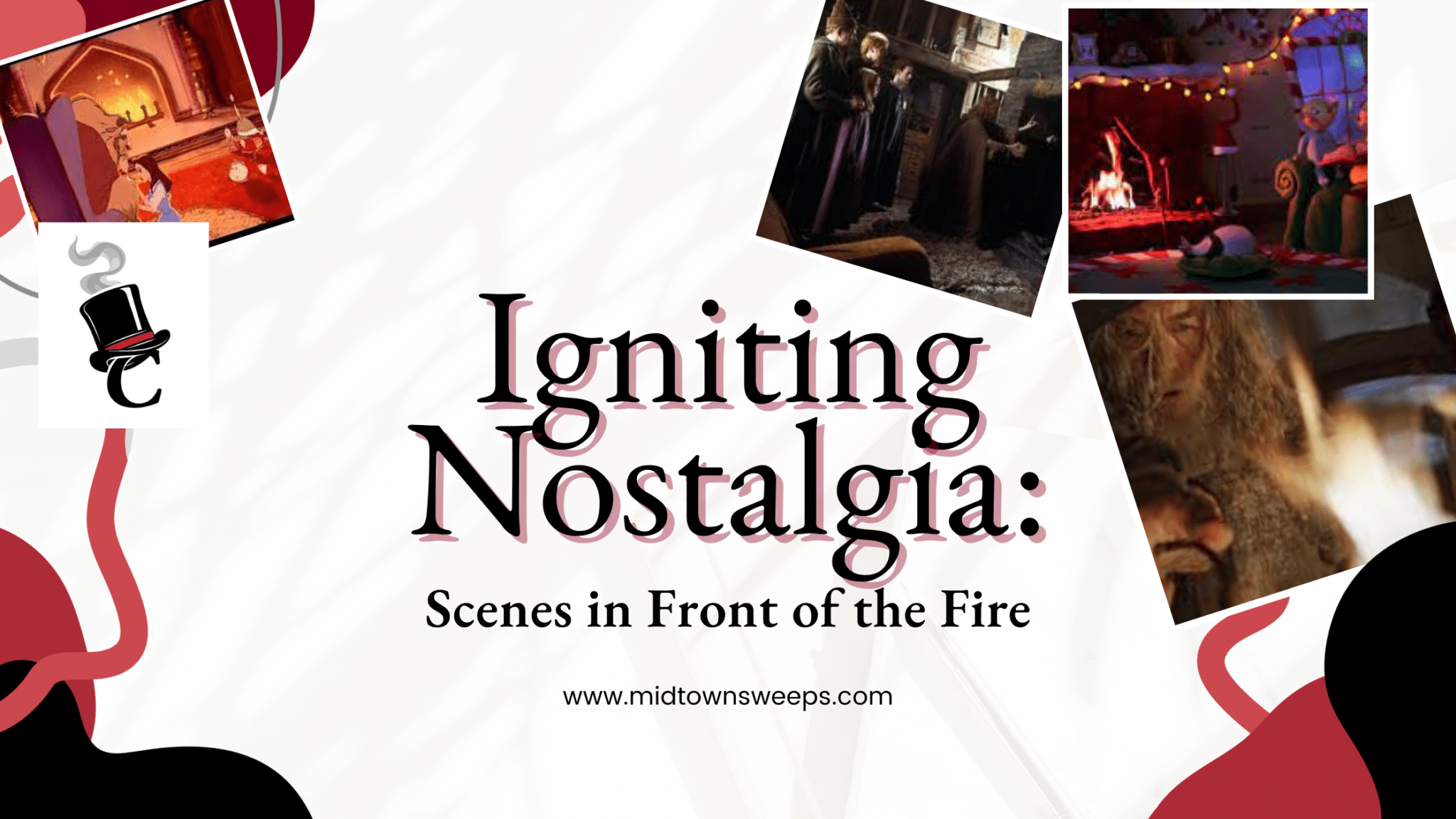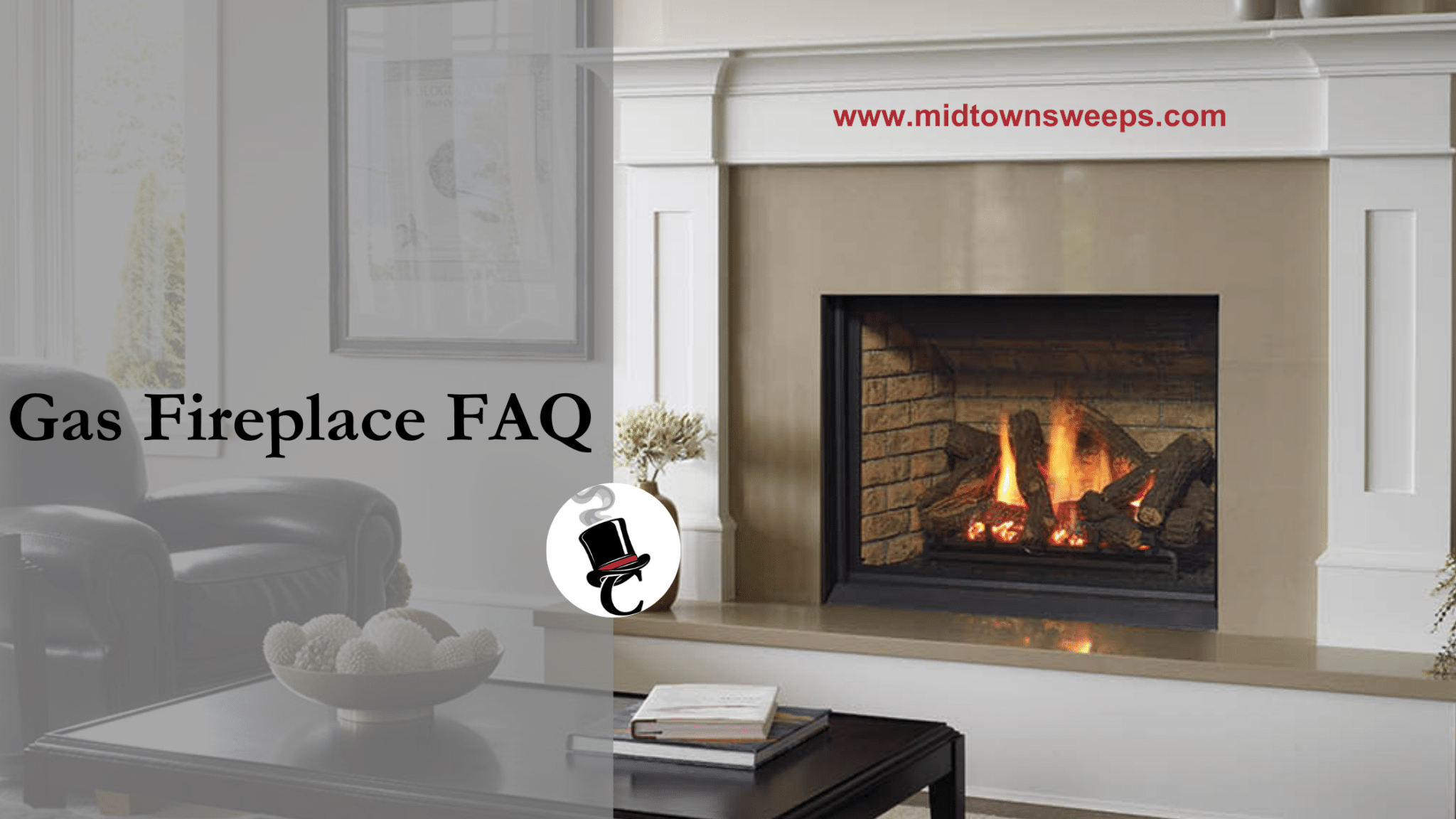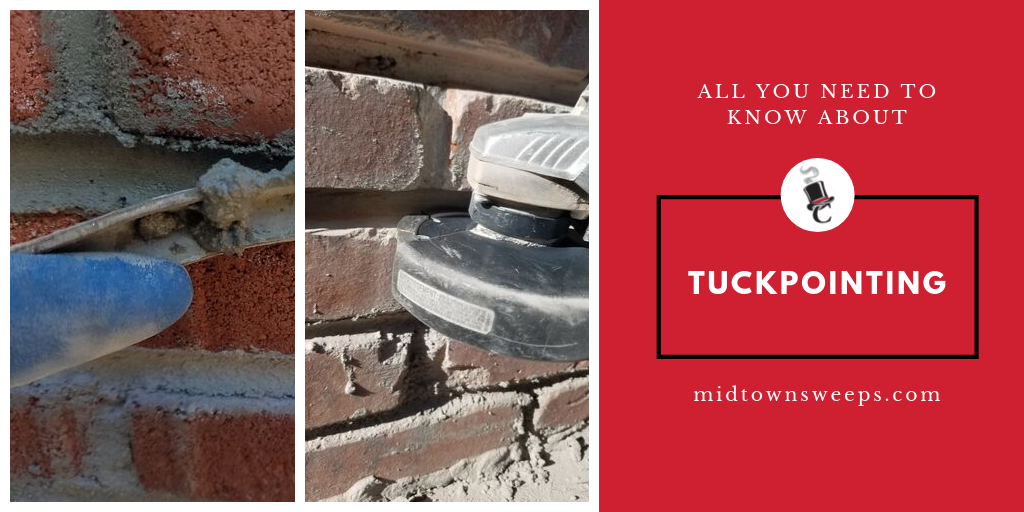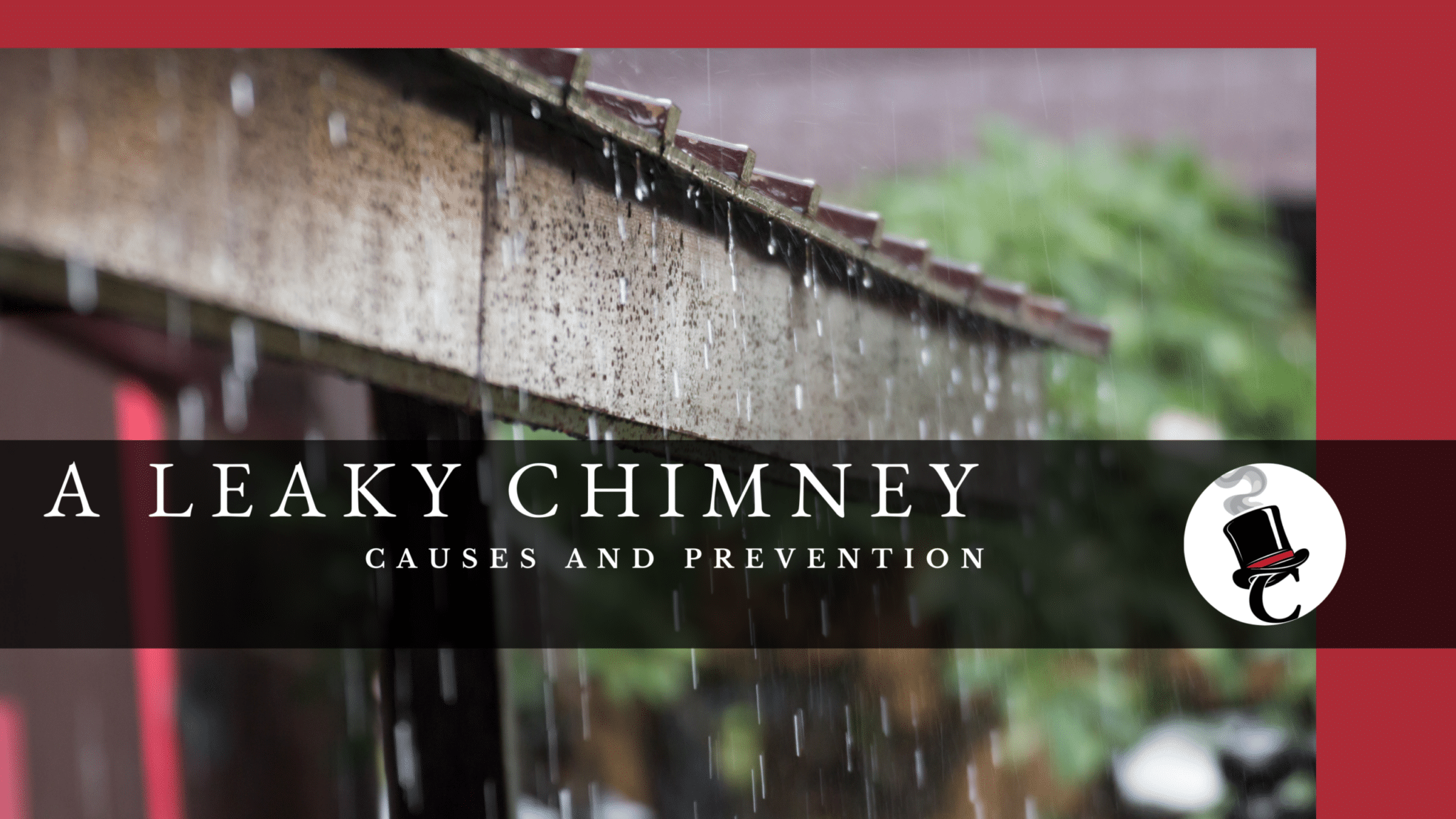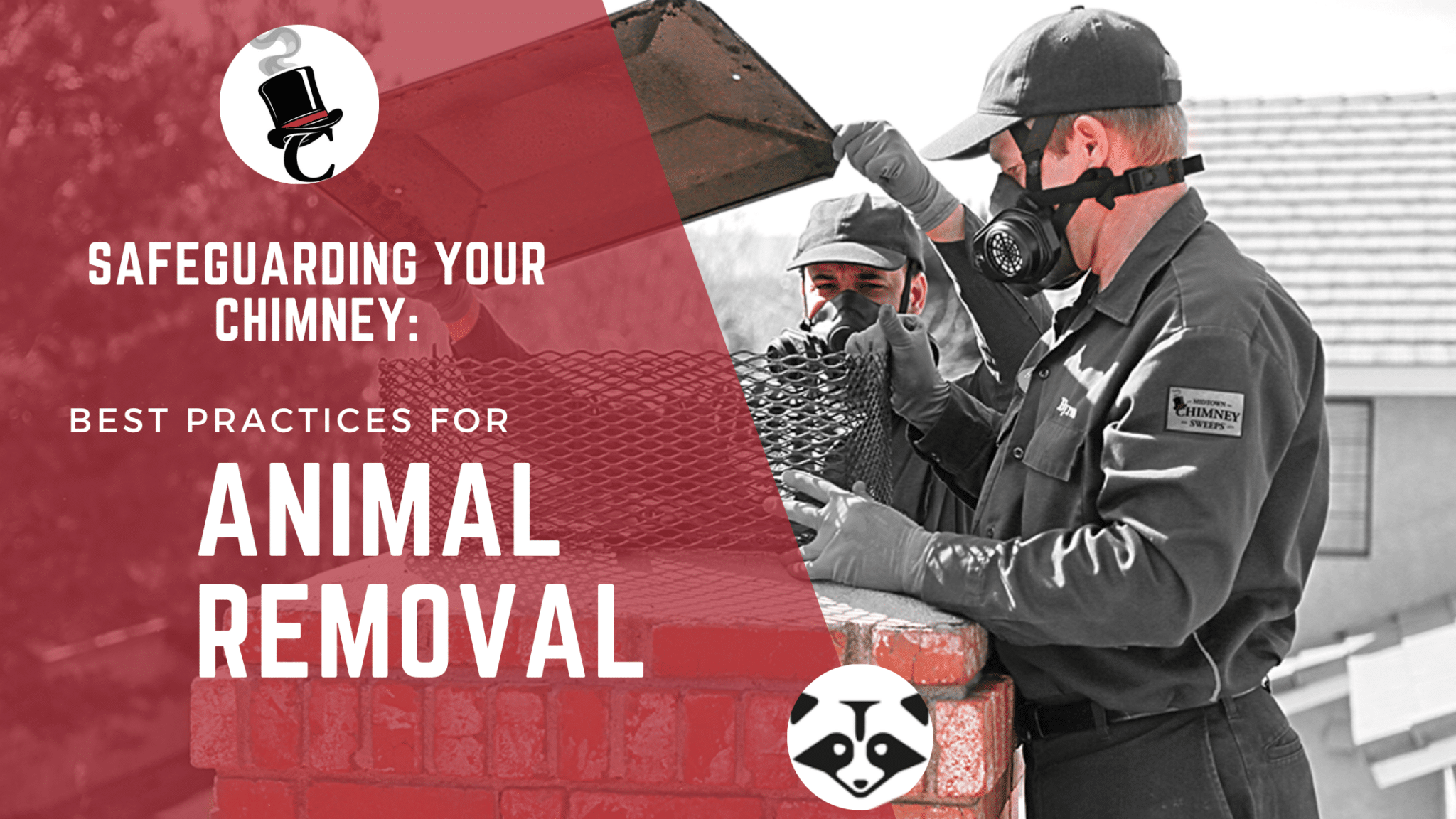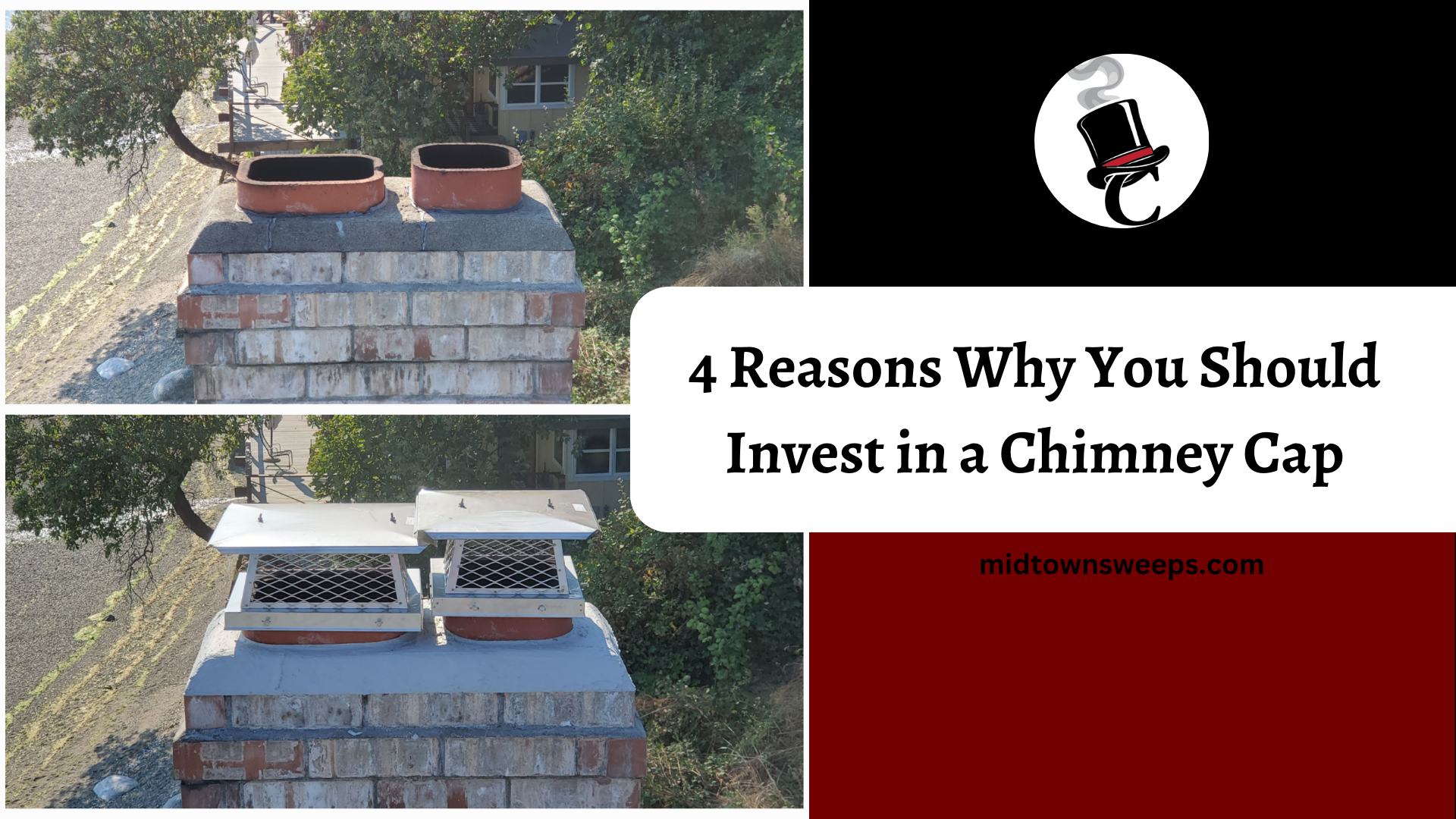It is about time to start thinking about sweeping your chimney for the fall season. The air is feeling brisk and the evenings are bringing a chill. Have you had your chimney inspected yet? Will it be ready to burn tonight?
Burning wood, no matter how you do it, releases pollutants, mainly in the form of gases and particulate matter. There is a price to pay for the release of heat, and that is a chimney full of creosote. An air starved, slow burn, produces relatively cool stack temps ideal for creosote formation. It has been our experience that some folks get up in the morning to a warm house, not realizing they also had a chimney system partially plugged with a flammable creosote material since this had never been a problem before. Fireplaces and older stoves produced roaring fires that either burned the creosote out or kept stacks temps above 250 degrees so that the gases escaped without condensing. Creosote such as this can usually be brushed out.
More efficient and modern appliance meeting EPA Phase II emissions standards are usually producing cooler exhaust temperatures- good for keeping the heat in the house but also good for creating more creosote deposits in the chimney. Many of the older type stoves are still around, and the people who own them have learned a thing or two about wood burning once they trade up to a modern EPA Phase II wood burning unit. One thing many of these people do is to start each day with a roaring fire. This not only gives rapid heating to a house cooled off during the night and gets your coffee pot perking, but it also burns out creosote that may have formed during the night. The result is a series of mini upbursts of hot gasses that break off the delicate creosote fingers that were building up over the slow burning night time fire. This technique, of course, is only effective for creosote in the stovepipe near the stove. It does nothing to address any problems near the top of the chimney. Also, if the chimney already has an excessive buildup of creosote, the hot fire technique could spark a MAJOR chimney fire near the top. As with any user-operated appliance, there is no substitute for familiarity with your specific installation, stove and chimney.
To fire a stove properly, a stack thermometer is essential. The most common type is a magnetic surface mount that is attached to the stove pipe above the stove. These are slower to react and not as accurate as probe types but they will tell you all you need to know to fire the stove. Just realize that the heat zones on most of them have some reasonable allowance for error.
Creosote build up is pretty sneaky. You may not notice it at first but it tends to feed on itself. As it builds up, it restricts the flow in the chimney and/or stove pipes. This slows the smoke on its way out, allowing more time for it to cool and for the creosote to condense and deposit itself thus further restricting the flow. If you don’t burn it out every morning, it quickly builds to a point where it is dangerous to do so. The only course left to you then is a vigorous chimney cleaning and inspection of how glazed the material might be. Glazing is when regular creosote begins to bond and adhere from the tar fog and leave a glass-like deposit. Hopefully, when your stove was installed it was installed with short pipes and few bends. The straighter the flue passage the less chance for deposits to form on the inside walls because of the laminar air flow going up and decreased residence time.
As for the chimney, you can buy chimney brushes with flexible handles that allow you to brush the chimney from a clean-out on the bottom. You can do a reasonable good job that way, but it’s no substitute for a thorough cleaning and inspection which should be done annually.
Failure to follow these maintenance procedures could well result in a massive chimney fire. This is a truly frightening possibility. People who have experienced these unique fires say they are accompanied by a great roar and sparks and flames shooting out of the chimney. The best way to fight them is to completely close off all air to the stove. For this to work you have to maintain your door gaskets, dampers etc. Once you have done that, call 911 and get out of the house!
The wood you burn has a lot to do with creosote. All firewood contains water in some percentage. How much it contains is important. Wood dried outside, stacked where the wind will blow through it will end up in my part of the world with about 12-20% moisture content. The appropriate moisture range for firewood to be burned in a wood stove is 15-25% moisture content according to most experts.
All the water contained in the wood is turned to saturated steam as the wood burns. It enters the stack as steam and water droplets at a temperature of around 212 degree F. This is considerably cooler than the condensation point of the creosote gasses, 250 degrees. Thus, the presence of the steam cools the chimney, the gases condense and creosote is formed. This is true whether you burn hard or soft wood. The moisture content is all that matters. You can’t eliminate it but, burning seasoned wood will keep it to a minimum.
In summary, newer stoves and properly lined and insulated chimneys can be more likely to deposit creosote because of cooler stack temperatures, but at the same time heating efficiency has increased with these appliances. There is no substitute for experience and education concerning this potentially dangerous substance. Midtown Chimney Sweeps would love to earn your business today. We are currently located in Iowa, California, and Colorado with more states being added monthly.
Call today to book your sweep nationwide!
844-SWEEP-NOW
Information thanks to Dave Johnson of Hearth.com
